|
Self-driving cars are coming. Ford is betting $1 billion dollars over five years that Argo Ai can make it happen.
CEO Bryan Salesky calls upon his experience leading the software engineering for Tartan Racing, Carnegie Mellon’s winning entry in the DARPA Urban Challenge as he tries to build the future. He also was on the Google self-driving car team. While at Google, Bryan was director of hardware development, and was responsible for development and manufacture of Google’s portfolio of hardware, which included self-driving sensors, computers and several vehicle development programs. In this conversation, Bryan and Aaron discuss the pressure associated with raising so much money, the timeline Argo Ai is on to ship their technology, and the network of past DARPA participants. Do not miss this interview. Never miss one of our best episodes by subscribing to the newsletter. Connect with Bryan Salesky
LinkedIn
Website Bryan’s Challenge; Choose a day of the week where you commute and do not use your phone.
Underwritten by Piper Creative
A digital agency that provides strategy, delivery, and analysis specializing in a few key service offerings. Documentary-as-a-Service (Vlogging 2.0) Instagram Content Production & Account Building Podcast Production, Strategy Consulting, and Guest Acquisition If you aren’t creating or curating content regularly, your clients and customers might forget you’re open for business. YouTube If you liked this interview, check out other interviews with tech CEOs like Niche.com’s Luke Skurman, RE2 Robotics Jorgen Pedersen, and Jetpack Workflow’s David Cristello. Subscribe on iTunes | Stitcher | Overcast | PodBay
Transcript
Watson: Brian. Thank you so much for coming on Going Deep and sharing some time with us today. Brian Salesky: Thank you. Happy to be here. Watson: I'm really excited to be speaking with you. I think the most natural place to start is, to some degree, related to the start of Argo AI. We're in the office right now. You were a senior software engineer on the team that won the DARPA Autonomous Vehicle Challenge. And there is this gap between winning that and founding Argo here recently in the last year. So take us through to the experiences that you had leading. Up to the founding of Argo to be a self-driving company. Brian Salesky: Yeah. The challenge that you referred to was a huge inflection point in my life and a lot of others that worked on robotics. It was in 2007, it was called the DARPA Urban Challenge. It was the 60 mile, six-hour race. And we built this robot that went really from a concept on a napkin to something that won the race in about 18 months. And over that time period, I met and worked with some of the greatest people that have gone on to build companies are doing really amazing things in robotics, everything from toy robot, to educational robotics, to self-driving cars, to vehicles that have gone on to automate mining activities and just all sorts of different applications. So, yeah. Is a really exciting time. When all of us were coming together to jam on this one thing,I don't think any of us understood how important or incredible it was. But over those 18 months, when we built this machine, and we tested it on a lot of closed courses. I think the CMU arm manufacturing thing is now going to be housed down there. We used to call that robot city. And this is where we tested that robot day in, day out, every night weekends, we were always there and it was really the birthplace of this thing that was just incredible. It showed us, wow, this is what the technology can do. Right. And with the right funding, with the right people, with the right commitment, we realized coming out of that race, that this was going to turn into something pretty magnificent. And Google actually was at the race. They saw some of and witnessed some of the things that Stanford, CMU, MIT, a lot of the other participants in that race, they saw what the state of the art was really that day. I give them a lot of props for committing to fund this work in a very real way. And in 2009, they started a project to explore self-driving cars. They hired a lot of the really good people that came out of those races and built one of the best robotics teams on the planet. And I had an opportunity to go work there with a lot of the other, really great people and did a lot of hardware development work. Up to that point, I'd always done software. I wanted to experience the other side of it. It takes software and hardware to make these things, make these things real. It was there that really Google showed the world that with the right funding and the right team, you can in the right business model, you can put together an incredible system that can really solve a lot of transportation problems that we have today. A lot of people don't realize that over 40,000 people die in traffic-related accidents every year, and really driving has become the distraction. Now that smartphones are glued to our hands, even while we're driving. It's a real problem and Google realized early on sort of the safety benefits that this could bring. Watson: And within the last year, I just have to say the preponderance of people where like, the light turns green and they don't start driving. They forget that the hazards of being moving and crashing into someone where the light is green and they're not going, cause they're still looking down at their phone. It's incredible. Brian Salesky: Yeah, when I was a teenager, when it turned green, everybody's like, come on, let's go. It's like no one has anywhere to be anymore. They're too busy checking their email. it's a problem. And, and now that everybody's addicted to their digital alter egos, we need to do something. It's a problem. I think Google was really at the forefront of committing to this very unheard of technology at that point, in the 2009 timeframe. Over the period of many years that they've worked on it, they've developed a very sophisticated system and I think has woken up an entire industry that, “Hey, this is real. This is going to happen.” AI, robotics, machine learning, all of these things that are trendy words to use today. Big data, all of those things are going to come together to really revolutionize a lot of different industries. In particular, how we get from A to B is fundamentally going to change. When I left Google a couple of years ago, a good colleague of mine that I worked with at Carnegie Mellon, Pete Rande, we came together and said, “Hey, we'd really like to start a company. Let's start something,” but let's do it in a way where we set up the company in a way that we can take investment from a large OEM that maybe doesn't know how to write software. Maybe doesn't have the software engineering capability yet and let's help them. And in doing so let's not just bolt technology to a car. Let's actually, co-develop a product that will create really compelling experiences for customers that use this technology in the future. Lucky for us, Ford was really leaning in at the time and saying, “Hey, we think that there are some pretty magical things that we can do together. “And they said, they'd be interested in when we closed that funding. Last year we were just really excited about the ability to go fast, accelerate the development of this important technology, and see the safety benefits that we talked about, but also the idea that we could develop a, a tailored vehicle for various transportation modes that we know people have to deal with day in and day out in cities today. Give them great connectivity, give them a great ride experience. Give them some privacy when they're on their daily commutes or doing whatever they do: running errands, whatever the case may be. The ability to focus on what you want to be focusing on while you're on a commute, as opposed to having to deal with the doldrums of driving and congested cities. I think that's a really compelling thing that everybody would love to have. Watson: Absolutely, it was clearly compelling to Ford. They committed a billion dollars over five years towards this goal of a self-driving future. I was thinking about stuff to discuss with you today, I got stuck on like, what does the pitch of that look like? Like obviously you're to some degree articulating how we think we can make this happen in the future, but, it's not like you're submitting a resume to some application form, right? These are high-level discussions. What does that kind of just initial approach look like? And how did that change maybe from like the first time you tried to pitch the OEM to go forward, really wrap their mind around it? Brian Salesky: Through my experience, even at Carnegie Mellon, we had a lot of interaction with the car companies, whether it be general motors, Ford Chrysler, we did research with these companies. It wasn't necessarily myself doing the research, but Carnegie Mellon had done the research for decades, across many different industries. And we just developed contacts over time. We had contacts at Ford and a number of other companies, and really the pitch was, “Hey, Pete and I, we’re really experienced. We think we can build a fantastic team, one of the strongest teams in self-driving, but we want to ship a product. We're not interested in just flipping a company after a couple of years or starting it. Our mission is to make transportation safer, more efficient, more accessible for people in cities today.” We also want to be part of a bigger picture that improves transportation in cities. That's not going to happen by just putting more self-driving cars on the road, along with all the other cars on the road. The only way that's going to happen is if we look at the bigger picture and say “the way in which transportation functions in cities today is broken, and we need to work with cities to fix it.” Ford very much had that mindset. It wasn't just about the car or about self-driving. It was about great customer experiences. It was about partnering with cities. And looking at the overall picture to improve how people get from a to B and to make it more efficient and to alleviate congestion problems. That's the mission, the steps to get there are still getting laid out. Watson: Makes sense. You referenced to cities there specifically. Part of the reason I think that Argo and some of these other companies, Uber and so on, have come to Pittsburgh as they've opened their doors to this being a laboratory for the self-driving technology. But as you reference cities, there's been a video of Teslas driving on the highway, because they can stay in a lane and not bump into the car in front of them. Is there a specific challenge associated with cities or wire cities, the target outside of there just being more people there? Brian Salesky: Well, I think there being a lot of people there is one part of it. There's obviously a huge opportunity, but if you look at any city that you traveled to today, whether it be Miami, New York City, San Francisco, any large major metropolitan area, congestion has become a serious problem. Also, the availability of transportation tailored to what the customer wants is also not entirely there. There are lots of ways now to get around cities, but they all have vastly different customer experiences. And so what we see as an opportunity to manage the flow of traffic in a more intelligent way as being part of plugged into a broader system. That's thinking about those things. It's thinking about the available road space, the demand at any given time, and how to schedule vehicles that move through the city at various times to manage congestion. We think those are important things that self-driving cars are just one piece of the overall puzzle that's going to address some of those problems. That's along the lines of the type of impact that we want to have in concert with our people with Ford Watson: is a big part of that not so many cars being parked? How much does that contribute to the reduction of congestion? Brian Salesky: Yes, there's a lot of opportunities. One unbelievable statistic that I read about recently is that over one-third of the real estate in an inner-city is actually devoted to parking. Can you believe that? And imagine all the other uses, whether it be parks, whether it be businesses that generate actual economic results or returns for the city. There's so many things that could be put into that, into those places. So, imagine a world where the vehicles in the middle of the night position themselves where they need to be positioned to help everybody get to where they want to go. And it learns from the previous day's commute patterns in order to do that intelligently. Folks are able to get to where they want to go more efficiently, safer, and the car never needs to park because after it takes you from A to B, it takes the next customer from A to B. And, when demand starts to drop off, those cities can retreat. Those vehicles can retreat to the outskirts of the city, park, recharge. Meanwhile, the real estate that's super valuable in the inner corner of the city doesn't need to be devoted to those things anymore. So, we're talking about a transformation that, that goes from everything, from how land is developed and used in cities, from how people are able to get from A to B. It's the safety story. It's so many of these things, all being stitched together, and it's all enabled and fueled through self-driving cars and the ability to create this experience where you can get to where you want any time of the day, and not have own car. That's the other big piece to this. The cost of ownership of a vehicle in cities today is rising significantly. If you look in New York City at some of the parking fees, some people pay over a thousand dollars a month just to be able to park a small vehicle and you get taxed on top of that. If it's an SUV, it's another few hundred dollars. If it's a really sleek sports car, it's another several hundred dollars because you can't double park. People don't like scratches on their fancy sports cars. So, my point is parking is super duper expensive. Imagine now where you don't have to fuel, you don't have to maintain, you don't have to pay taxes, you don't have to register, you don't even need a driver's license if you want to be able to get around. That's pretty cool, that's a lot of time and money and expense and hassle that you don't have to deal with anymore. If these services exist and provide the experiences and opportunities that we think customers want today. Watson: Makes sense. So you have this really deep well of experiences and knowledge and ideas about how to build this product that will eventually ship. You also have the role of CEO and there's just nature by nature, some business-oriented goals, recruiting operations, things that come along with that position on a day to day, week to week basis. What does your work look like in terms of building the team, building the technology, and other oriented tasks around your role to Argo? Brian Salesky: One of the things you said there is really important, which is building the team. This isn't about me or any one person. We can't be successful without hiring a great leadership. And I've been very lucky in that we've been surrounded by some really amazing people. Our recruiting director has been doing this for many, many years, and she's just incredible at what she does. And she's built out a fantastic team, same thing in finance and operations, in all the different areas, HR, IT, all the different areas you need to have a successful company. I'm just really thankful for that team and everything that they've done for us. And so my day to day is really trying to figure out just how can I make those teams be better? How to have us go faster? How to remove roadblocks that might exist? It's not so much dividing my attention across any one of those teams, we have great leads that handle the day to day. It's about making sure that everything is integrated together and everybody's working towards the big pit. Watson: Kind of going hand in hand with that, before the interview I was just, trying to, as much as I could, empathize with this role that you find yourself in. And what I was struck by was what is probably a very short list of people who have been, more or less, tasked with stewarding an amazing amount of financial investment and an amazing amount of technical talent at the same time and almost trying to get inside your head as it pertains to what must be, to some degree, the stress associated with the role and also exciting because it was apparent in the passion by which you spoke about the mission of the company. And just the fact that you've been doing this. You were probably doing it long before the DARPA challenge, but you've been interested in this type of work for quite a long time. How do you, as the CEO of this startup, manage those stressors and excitement on the day to day, week to week basis? Brian Salesky: Yeah, boy, when you describe it like that it sounds like a huge deal. And it is, but like I said, the biggest thing is to have a team that can really carry the load for you and that the people you surround yourself with, people you trust, can execute. And I'm thankful that we've done that. I think the funding part is absolutely a blessing because it's a lot of money that's allowed us to just move really fast. I think the greatest part about that is, we've got a group of people that really know what they're doing and know how big and important this mission is, and we're all very mission-oriented. It's about customers, it's about building a system that people trust, it's about building something that's going to change people's lives for the better. I think everyone's just really plugged into that. And when you paint the picture for everyone on how important it is, what we're doing, and what others in the industry are doing it that focus on that alignment on a mission really makes a lot of other problems that I think others that start businesses sort of goes away. That intense focus on getting this thing built, getting it tested, getting it shipped, really unites the whole team. And so, the funding then it's about how best to allocate that capital in order to fulfill that mission. We've got just a really experienced group of people that I think have a really good idea of what needs to be done, and it's about just execution and getting it done. Watson: You're also in a position where at least for the next five year time horizon the planned investment. So it's not like you're going to have to rush out in two years and scramble another round of financing together. There is a degree of planning that can go into it. Brian Salesky: That’s a really important point. The focus that it lends to us is huge, and that's one of the reasons why we came out of the gate and raise a lot of capital will begin with is it puts us on much more of a straight-line path to achieving all the things we talked about. Watson: Awesome. Changing lanes a little bit. To the layman's out there who are not particularly technically literate, I wanted to, at least in broad strokes, cover the challenge that is, what you're facing to get this product that will ship. And I've heard you explain it before more, as a challenge with perception, which is the abilities. The car's ability to both see and understand the objects around it and to actually make the correct decision in light of those objects in detail. So, to both the technical and nontechnical listeners out there, can you maybe explain a little more detail what goes into solving those problems and where maybe your constraints lie? Brian Salesky: Yeah, it's a great question. So, the first and foremost thing that we have to be concerned with is to make sure that those who are in the car and those that are around our vehicles are safe. and what that means is eliminating the possibilities of a collision, especially the way in which cars collide today, a lot of that has to do with distraction and people not paying attention or not obeying the rules of the road. We have the advantage that the computer and the sensors that are on the vehicle that drives the vehicle, they never get distracted. They're constantly seeing what's around the car 360 degrees out to several hundred meters and can see all the objects and what they are and what they're doing. The technology has even gotten to the point where we've been able to move beyond just sensing what is in and around the vehicle in real-time, locations of bikes, pedestrians, other vehicles and are starting to now predict what they might do in the future. And that's really important. Imagine the next time you're driving your vehicle but take away any sort of predictive capability that you have. Imagine that you have no idea what the pedestrian on at the intersection is going to do. You're going to become hyper-cautious to the point where you don't even want to move around that pedestrian because if you consider all the possibilities of what they might do at that moment, You'd go nowhere. So, the robot has that same level of difficulty. It needs to be able to have with some degree of certainty, what are the likely things the pedestrian might do? So if the pedestrian is acting erratically around the intersection is kinda bouncing in and out of the crosswalk even though it's not their turn to cross, if there's a small child that's sort of running around unsupervised, you're gonna obviously take that turn much slower, much more cautiously, and be very careful than if it's an adult who's standing in a safe distance away and is clearly patiently waiting. In order to drive safely and city environments, our vehicles need to have that level of nuance in what it perceives. It goes beyond just perceiving what's around the vehicle and starts to move towards being able to anticipate what's going to happen, and in doing so, that’s what allows the vehicle to cross into a territory where you combine those capabilities. Plus the fact that doesn't get distracted. Plus the fact that it has sensors that see all around the car in real-time, and it's considering the movement of all those different objects. That's what starts to make it safer than a human driver. And for us, that's the goal. That's the mission that we're working toward is to go beyond the capabilities of what a human can do and in a sense, build a better driver in that way. Watson: As we were walking in, we saw a couple of the Argo vehicles driving by doing their testing and, and continuing to collect data. Brian Salesky: How were they driving? Watson: Seemed fine to me, it was like any other car. Do people jump out a lot and like mess with it? Or is that the exception to the rule? Brian Salesky: No, we don't find that happening too often. Pittsburgh, and Miami and Dearborn, those are the three places we're testing today, Dearborn, Michigan, we find that everybody is very, very respectful of the vehicles, and the things that we see more often is just distracted driving. The folks that pull out in front of us that didn't look or know, it doesn't matter whether it was an Argo car, a car or some other vehicle, that's just what was going to happen. We definitely see day in and day out the foibles of manual driving. A lot of our test drivers, their job is to just make sure that the vehicle then does the right thing. Despite the fact that a lot of the traffic around us is not always doing the right thing. That's another one of the major keys to our development is we want to see those experiences. We want to be the safest vehicle on the road, regardless of what the other traffic is doing. And I think if you have that ethos, you're going to work towards something that eventually gets beyond what a human can do today. But we found that that by and large, those are missed. I put those things in the category of mistakes. Aside from the mistakes, the communities we've operated in have really asked us really great questions, have engaged with us and our drivers in a lot of ways. We're always happy to educate and explain what we're doing and why it's important. Watson: I want to get to that in a second. But, as you referenced these communities that you've done the testing, and so far, the two variables I'm guessing would be the key to where you decide to test is number one, just regulatory barriers and where we'll allow you to do this type of testing and then is to some degree it also the climate or landscape of that area. Like Pittsburgh's hilly, we have all sorts of snow and sleet and other nastiness. How much do those two play into those dishes? Brian Salesky: Well, we definitely love a variety of conditions to be testing and every location has its own challenges. As you said, Pittsburgh, the terrain is super hard. It's not always obvious where the right place is to drive in a lane. Like if you look down Smallman with these really wide lanes, no cars backing up randomly. I caught, the other day, a car going down the wrong lane. I think they thought it was a, just a really wide one-lane road. It's crazy, you don't see that in some of the other cities that we test in. So it's all about variety because that variety goes to testing our system and making it better. On the regulatory piece of things, we've been lucky in that all the places we've been testing in, the mayors, city officials have worked with us. We've done our best to socialize what we're doing, why it's important, how the system works cautions we take before we test on those streets to make sure they're informed. And I find that that just goes a really long way. And we've found a lot of support in the communities we operate in when we take that thoughtful approach, and we'll continue to do that. From more of a federal level, we're obviously going to work with the authorities to come up with guidelines and policies that make sense for safe testing and ultimately the achievement of deploying these vehicles on public roads. We've been pleased that even despite some recent news about the unfortunate fatality that occurred in Arizona, we were still encouraged by the fact that the lawmakers are looking at the big picture and saying, “Hey, the potential benefits of this technology is huge.” It doesn't take away from the fact that we still have a huge problem and that humans are just not very good at driving tasks today. We want to continue to work with them to deploy, this important technology in a thoughtful way. Watson: My analysis, when I see a headline like that is, that's really the narrative fallacy, right? Like saying that someone, got hit or died from a DUI is absolutely a tragedy, but does not get the same page views, run, rate attention a self-driving car that was in an accident does that’s. At least that’s my perception as someone who's looking at this space from an outsider's. Brian Salesky: Yeah, I think that's right. The fact of the matter is there's a lot of fatalities that occur every day that has nothing to do with a robot that's and it's very unfortunate and a great number of those things, it's ever-increasing, but a great number of those things are due to human error. And so we're working to address that. Watson: You talked about approval on the lawmaking side at the federal and every level. The other side that could potentially, or would potentially be a constraint is insurance and how that works. I don't know if you're having those conversations or if that's going to be a constraint in the future for the eventual deployment of these types of vehicles. What do those conversations look like? Brian Salesky: Yeah, the insurance industry is going to change, and they need to adapt to the trends that are happening here. And we've seen some of those large insurance companies be very interested in what we're doing. They want to understand what the benefits are, what the risks are. We're having those conversations and doing our best to bring them along the journey that we're taking. Watson: That's about all I have. If people want to learn more about Argo, check out all the cool things you guys are doing, what digital coordinates can we point people towards to learn more? Brian Salesky: Yeah, the best way is to go to our website, which will be refreshing on a more regular basis going forward. It's www.argo.ai. We also engage with a lot of people through LinkedIn. So, those are the two platforms to go to. Watson: Awesome. We'll be sure to link all that in the show notes. So you can find it goingdeepwithaaron.com/podcast. We'll have all those for this and every episode of the show. But, as we do at the end of each interview, Brian, I'd like to give you the mic a final time to issue an actionable personal challenge for the audience. Brian Salesky: Well, autonomous vehicles will be on the roadway and will do all the great things that we talked about in cities all across the world, someday. Until that happens, I would challenge every single person to choose just one day a week in your daily commute that you do not engage with your phone or any other electronic device in your vehicle. Just pick one day to say Mondays, Tuesdays, whatever it is, this will be my day that I don't take phone calls, I don't text, I don't do anything. You should never do these things, but I know everyone does it. So, what I'm asking is pick one day that you don't do any of those activities. Someone who has more marketing genius than me can come up with like a hashtag for this. But, I think doing that one simple action, if everyone did it, that would probably reduce the number of collisions and other nasty things that happen on roadways today. Watson: Certainly, or at least people would go when the light turns green. Brian Salesky: And of course, you know, again, you shouldn't do this at all, but I think if you just can't help yourself, then you know, let's start small and do once a day. Watson: Yeah. And we'd recommend, you know, either Tuesday or Thursday or Friday, because new episodes of going deep come out on Mondays and Wednesdays. So, we definitely want the phone to be available then. Brian Salesky: I didn't think of that. They can listen to it in their vehicle. Playing music is a different thing. I'm talking about actually texting while you're going 80 miles an hour down the highway. That's not recommended. Watson: Absolutely. Well, this has been great, Brian, thank you so much for doing this. We just went deep with Brian Salesky. I’m hoping everyone out there has a fantastic day.
3 Comments
Wendy Downs is an artist who learned to be an entrepreneur. Her company, Moop, was founded in 2007 in western Massachusetts. She has since moved to Pittsburgh, where her small team design and manufactures every waxed canvas bag.
In a 35-minute conversation, we cover her expertise in e-commerce, design, small batch manufacturing, and textile manufacturing. Never miss one of our best episodes by subscribing to the newsletter. Wendy’s Challenge; Find the thing you love and exercise it. Connect with Wendy Website Underwritten by Piper Creative A digital agency that provides strategy, delivery, and analysis specializing in a few key service offerings. Documentary-as-a-Service (Vlogging 2.0) Instagram Content Production & Account Building Podcast Production, Strategy Consulting, and Guest Acquisition If you aren’t creating or curating content regularly, your clients and customers might forget you’re open for business. YouTube If you liked this interview, check out episode 295 with Nisha Blackwell where we discuss making bow ties by hand, reusing fabric, and learning to market on Instagram. Subscribe on iTunes | Stitcher | Overcast | PodBay 304 Getting People without College Degrees $42,000/year Job in Manufacturing w/ Neil Ashbaugh4/23/2018 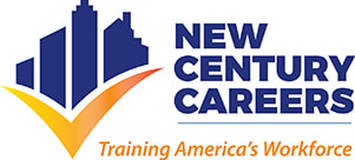
Pittsburgh has been in the news recently for robots and restaurants. But it’s still a blue collar town.
In a sweeping discussion, Aaron & Neil Ashbaugh discuss the opportunities for good pay and consistent work offered by roles in manufacturing. The industry is facing a cliff over the next ten years as Baby Boomers continue to retire, leaving companies hungry for talent. New Century Careers is training the next generation and excited about the opportunity. Never miss one of our best episodes by subscribing to the newsletter. Neil’s Challenge; Read. Never stop learning. Books Blink by Malcolm Gladwell Iacocca: An Autobiography by Lee Iacocca It Doesn't Take a Hero: The Autobiography of General Norman Schwarzkopf Walt Disney biography Open: An Autobiography by Andre Agassi Connect with Neil Website ashbaugh@ncsquared.com Underwritten by Piper Creative A digital agency that provides strategy, delivery, and analysis specializing in a few key service offerings. Documentary-as-a-Service (Vlogging 2.0) Instagram Content Production & Account Building Podcast Production, Strategy Consulting, and Guest Acquisition If you aren’t creating or curating content regularly, your clients and customers might forget you’re open for business. YouTube If you liked this interview, check out episode 147 with Steve Shelton where we discuss getting ex-offenders reintegrated into society and employed with the Trade Institute of Pittsburgh. Subscribe on iTunes | Stitcher | Overcast | PodBay 303 Generating 50,000,000 Unique Visitors & Raising a $6.6 Million Series B w/ Luke Skurman4/18/2018
Niche.com generated 50,000,000 unique visitors last year. They announced a $6.6M Series B round of fundraising in February 2018. They’ve come a long way from their humble beginnings in 2002.
In my interview with Luke Skurman, the Founder & CEO of Niche.com, we discuss the challenges of raising venture capital as an established company, the marketing & business development talent in Pittsburgh, and importance of aiming at a big target. Luke is also a Co-Founder of Ascender, a non-profit, 501(c)(3), focusing on bolstering innovation and entrepreneurship in the Pittsburgh region. They host the annual Thrival Innovation + Music Festival every year in Pittsburgh. Never miss one of our best episodes by subscribing to the newsletter. Luke’s Challenge; The more you give, the more you get back. Have an impact in a meaningful way through service.
Connect with Luke
Website Underwritten by Piper Creative A digital agency that provides strategy, delivery, and analysis specializing in a few key service offerings. Documentary-as-a-Service (Vlogging 2.0) Instagram Content Production & Account Building Podcast Production, Strategy Consulting, and Guest Acquisition If you aren’t creating or curating content regularly, your clients and customers might forget you’re open for business. YouTube If you liked this interview, check out a bunch of previous interviews with Pittsburgh entrepreneurs like David Cristello, Jorgen Pederson, and Darrin Grove. Subscribe on iTunes | Stitcher | Overcast | PodBay
Jake Wheatley joined the United States Marine Corps in 1989. He needed more discipline and that’s exactly what her got.
He has since translated the skills and lessons he learned serving in the Gulf War into a career in public service. Jake Wheatley is a Democratic politician from the state of Pennsylvania. He represents the 19th district in the Pennsylvania House of Representatives which includes a number of areas in the city of Pittsburgh including: the Hill District, North Side, South Side, Allentown, Hazelwood, Downtown Pittsburgh, The Bluff, Knoxville, Beltzhoover, Manchester, Arlington, Arlington Heights and, North, South and West Oakland. Never miss one of our best episodes by subscribing to the newsletter. Books Mentioned The Art of War by Sun Tzu The Autobiography of Malcolm X Smoketown: The Untold Story of the Other Great Black Renaissance by Mark Whitaker Making Ideas Matter by Dwight Evans
Jake’s Challenge; Get involved in your neighborhood. Democracy demands your talents to be active in society.
Connect with Jake Underwritten by Piper Creative A digital agency that provides strategy, delivery, and analysis specializing in a few key service offerings. Documentary-as-a-Service (Vlogging 2.0) Instagram Content Production & Account Building Podcast Production, Strategy Consulting, and Guest Acquisition If you aren’t creating or curating content regularly, your clients and customers might forget you’re open for business. YouTube If you liked this interview, check out previous interviews with Mayor Bill Peduto and Dan Gilman. Subscribe on iTunes | Stitcher | Overcast | PodBay
Rich, President & CEO of Innovation Works, leads one of the nation’s most active early-stage investors. In this conversation, we discuss a recent report IW authored with Ernst & Young that detailed the last decade of venture investing in the region.
Some highlights of recent activity include the $225 million acquisition of security awareness trainer Wombat Security by California-based Proofpoint and the $1 billion round of funding recently raised by self-driving car intelligence provider ArgoAI from Ford. Further, Pittsburgh tech companies have attracted over $3.5 billion in funding over the past 10 years, including $2.1 billion in the past five years. What will this mean for the future of the region? Never miss one of our best episodes by subscribing to the newsletter. Rich’s Challenge; Advocate for the startup community in your region to elected officials. Connect with Rich Website Connect with Piper Creative YouTube Website If you liked this interview, check out our dozens of interviews with Pittsburgh influencers and business leaders including entrepreneurs than Innovation Works has invested Henry Thorne, Hahna Alexander, and Ryan Green. Subscribe on iTunes | Stitcher | Overcast | PodBay
From an early age, Hannah developed a love for art and creating, and has grown those passions into hard skills that could build a business.
She started HPMedia in 10th grade and was dedicated to growing it part-time throughout high school. After graduating in 2016, she started an apprenticeship/entrepreneurship program called Praxis. After apprenticing at a digital marketing agency, Hannah found sustainable success in full-time creative work. Piper Creative offers her the opportunity to guide and mentor the next generation of creatives while leveraging their skills to transform brands and drive business outcomes. Never miss one of our best episodes by subscribing to the newsletter. Hannah’s Challenge; Look at your daily routine and find 10 minutes to study a completely novel subject. Connect with Hannah Connect with Piper Creative YouTube Website If you liked this interview, check out the video where we launched Piper Creative. Subscribe on iTunes | Stitcher | Overcast | PodBay 
Lisa is the the President and CEO of the Pittsburgh Leadership Foundation. She calls upon over 20 years of experience in the marketplace in sales and marketing and senior management roles, as well as ministry leadership experience, to coach leaders in her day-to-day work.
Lisa provides executive leadership for business development and donor relationships and evaluates and develops new initiatives and partnerships that advance the mission and vision of PLF. Lisa also brings this diverse and invaluable expertise to her role as a Leadership Foundations Senior Associate serving the global network of Local Leadership Foundations. Never miss one of our best episodes by subscribing to the newsletter. Lisa’s Challenge; Look at your calendar for tomorrow and assess how you are stewarding yourself. Are you allocating your time correctly? Connect with Lisa Website Connect with Piper Creative YouTube Website If you liked this interview, check out episode 242 with Darrin Grove where we discuss building a company through servant leadership. Subscribe on iTunes | Stitcher | Overcast | PodBay
David Cristello had no background in accounting. He’s not a coder. Yet, he is the founder of a fast-growing accounting software startup called Jetpack Workflow.
How’d that happen? David diligently interviewed business owners until he found an untapped opportunity, then struck with full force. He’s driven to solve painful problems with smart, passionate, and empathetic people and is building his company in Pittsburgh. Jetpack Workflow is used by thousands of accountants in 12+ countries to help them better manage their client work. Never miss one of our best episodes by subscribing to the newsletter. David’s Challenge; Go sell something in the next 24 hours. An old item around the house, a service you want to offer, or anything you can think of.
Mentioned
Dan Kennedy John Carlton Gary Halpert Connect with David Website david@jetpackworkflow.com Connect with Piper Creative YouTube Website If you liked this interview, check out our interviews with other software entrepreneurs like Andy Rachleff, Dennis Mortensen, and Mark Leslie. Subscribe on iTunes | Stitcher | Overcast | PodBay |
Show NotesFind links and information referenced in each episode. Archives
August 2023
|
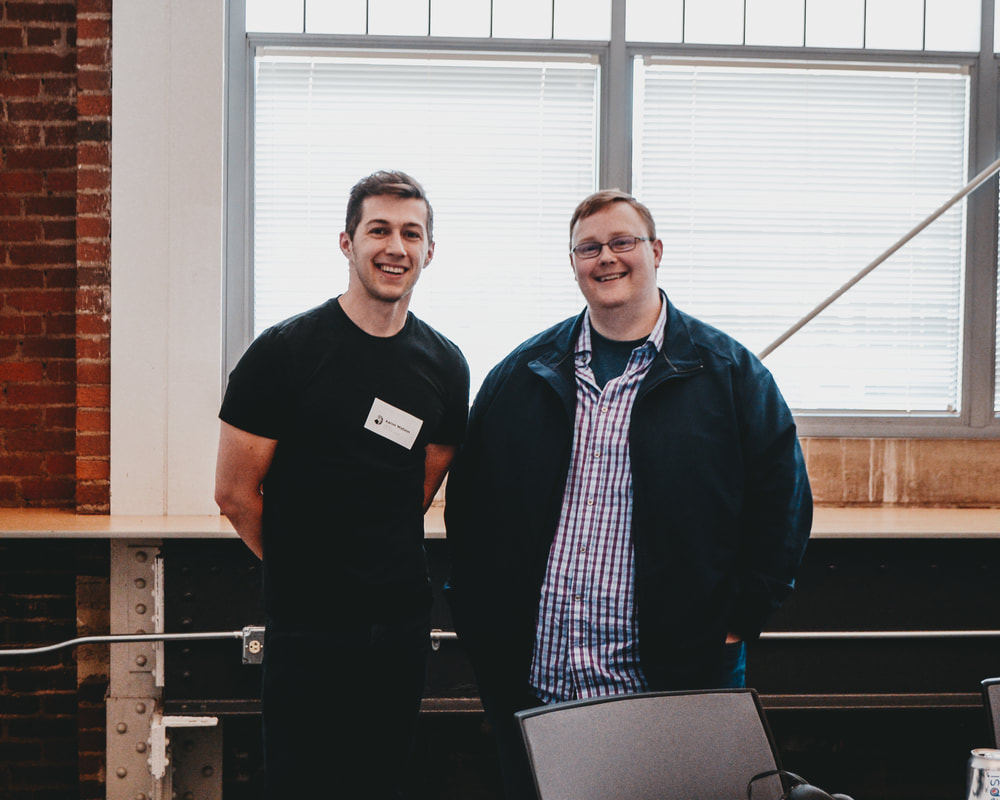
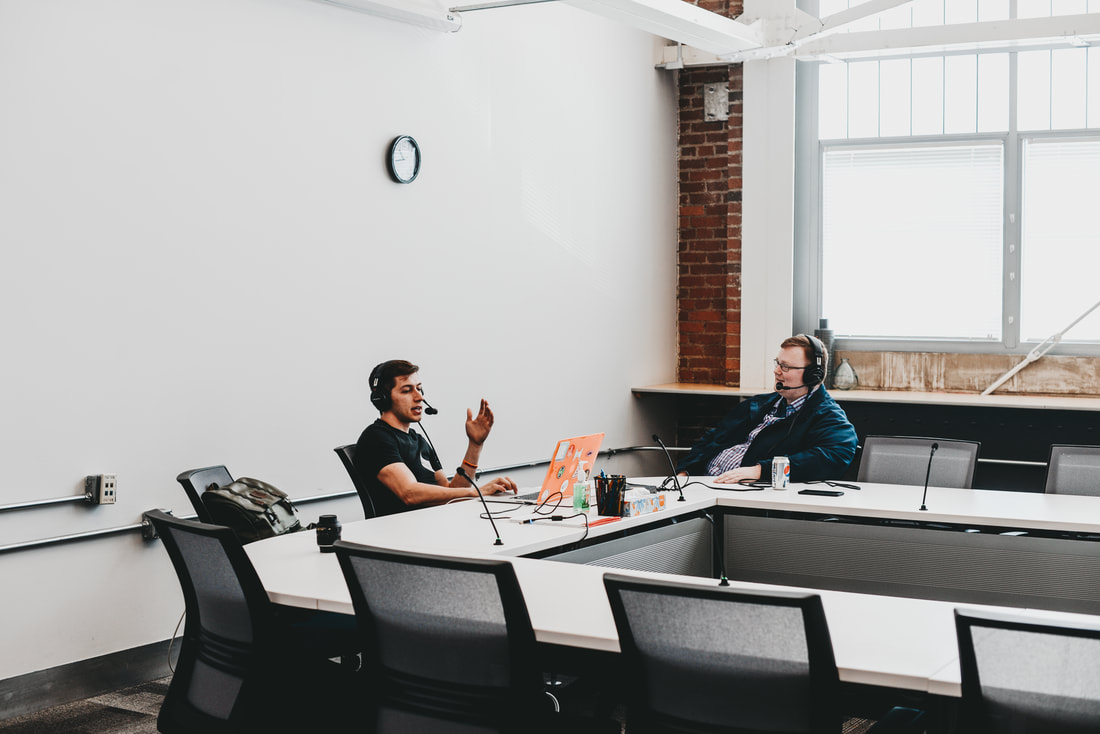
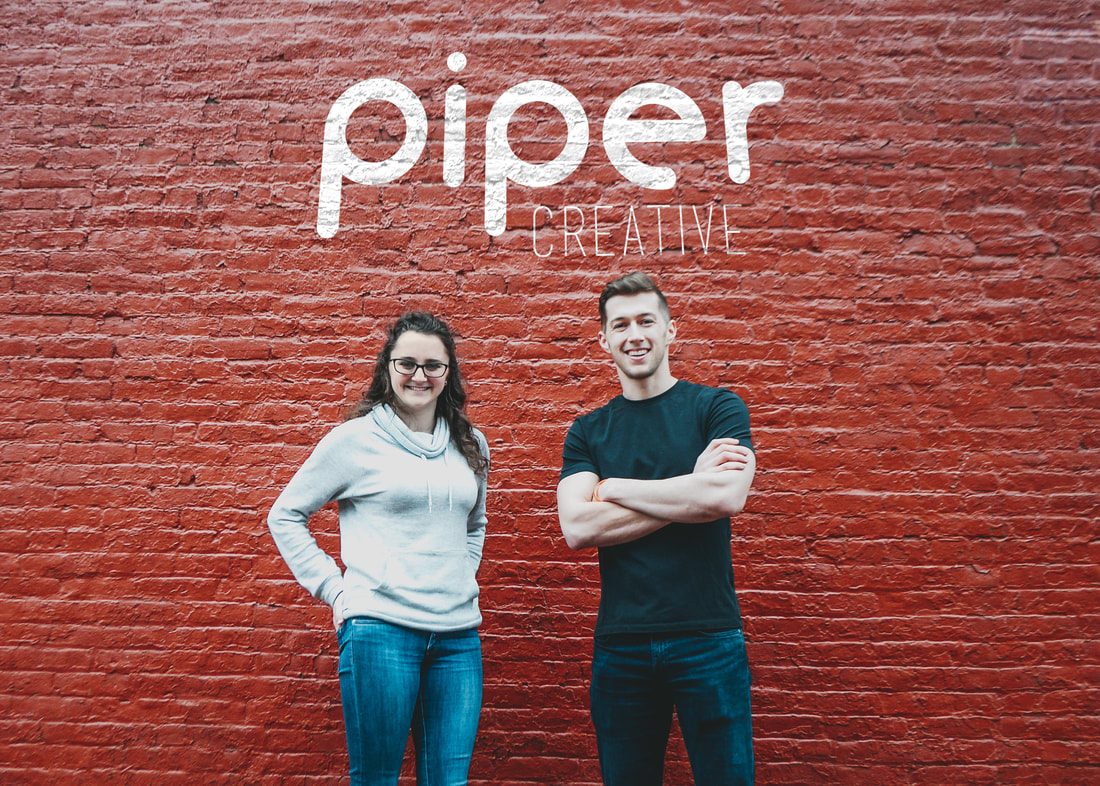
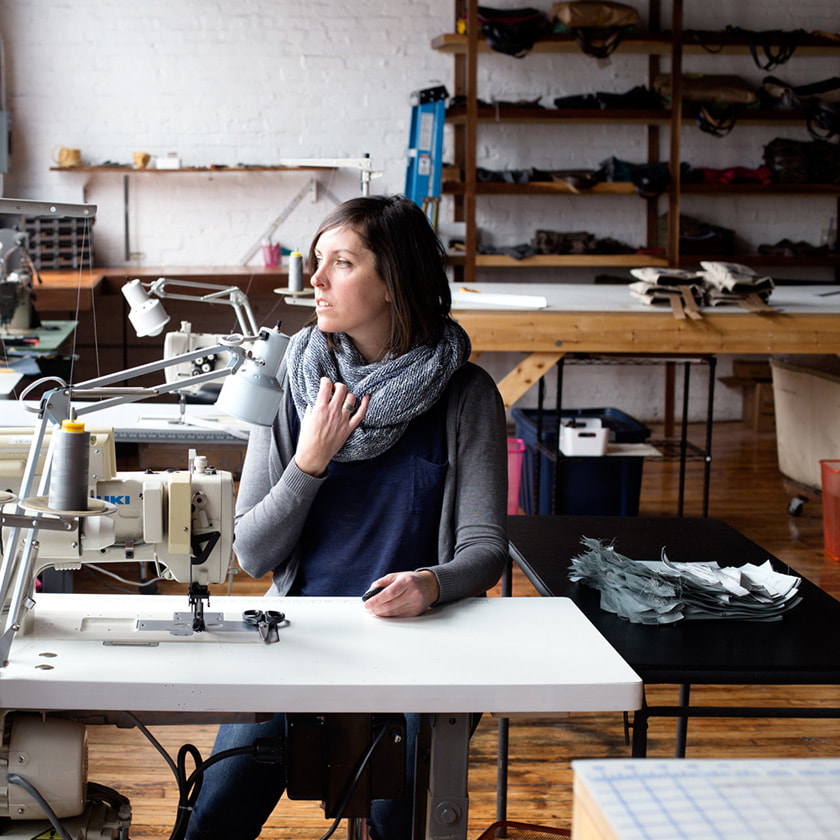

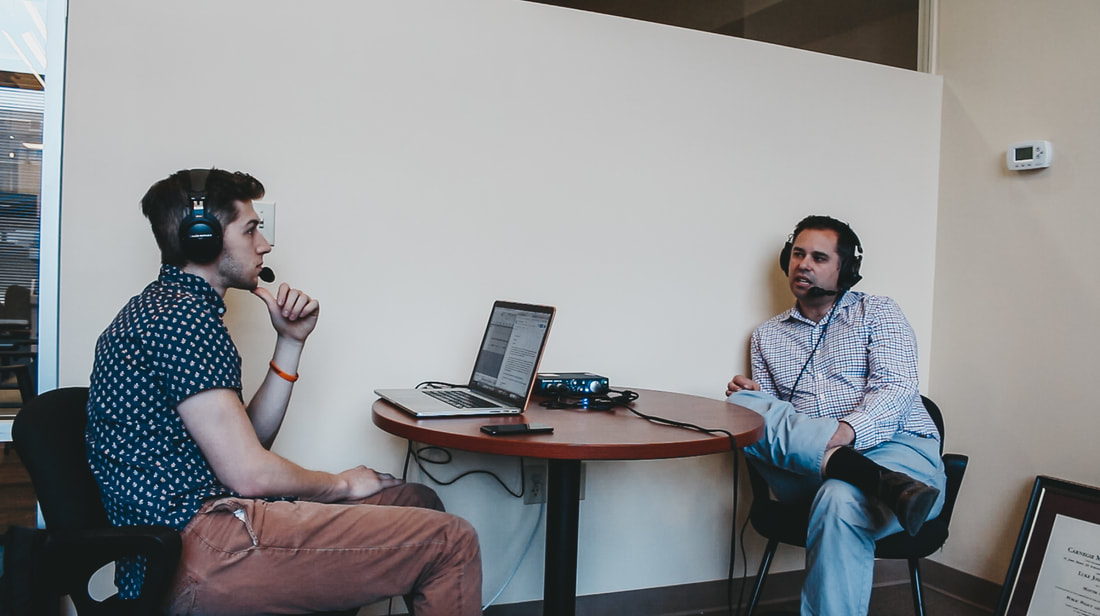
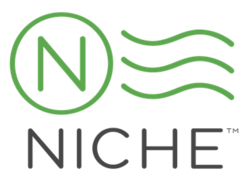
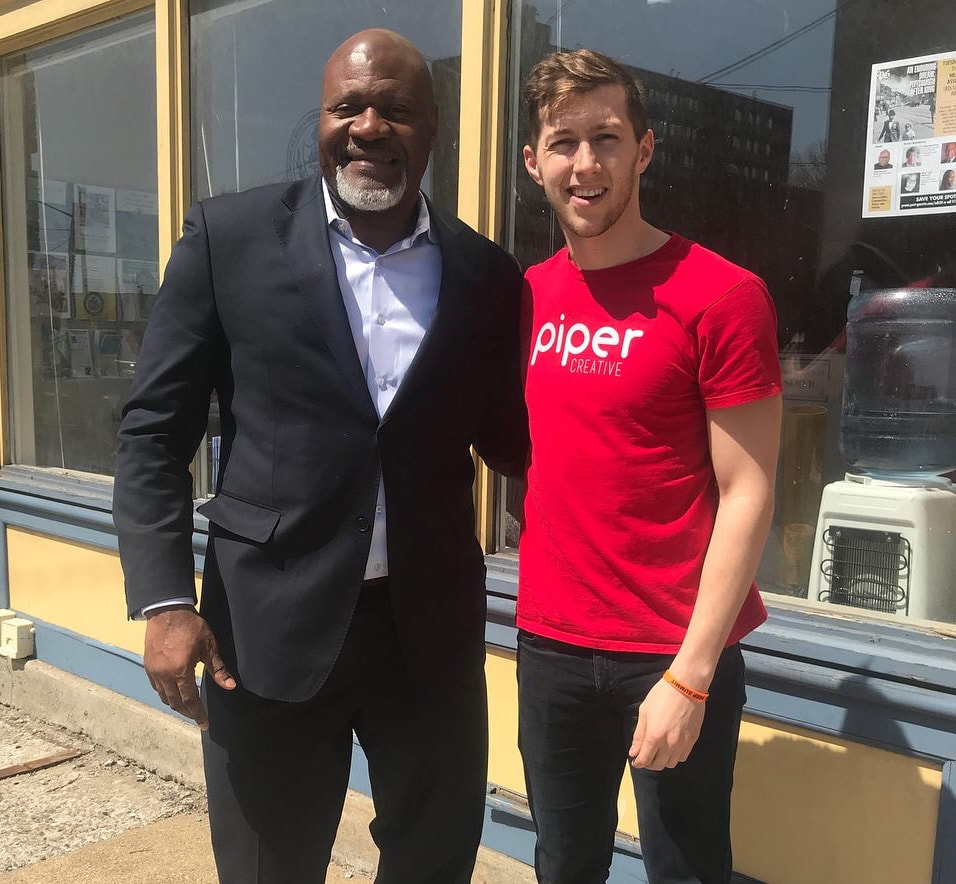
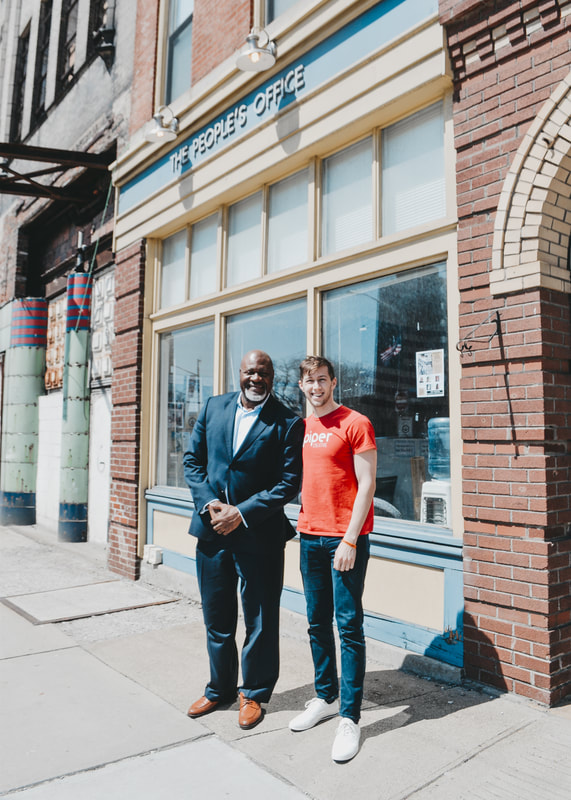
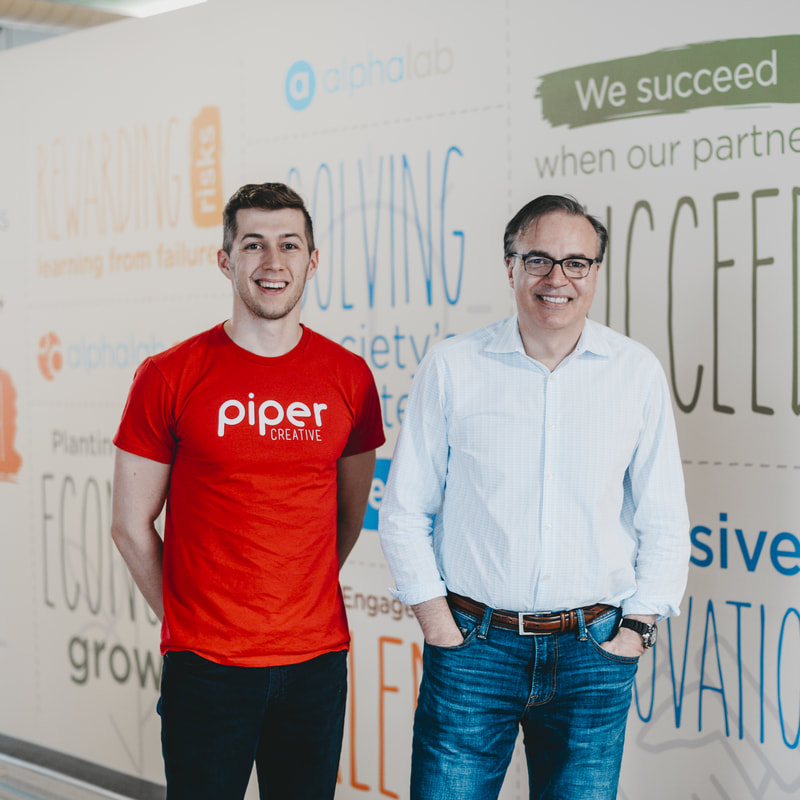
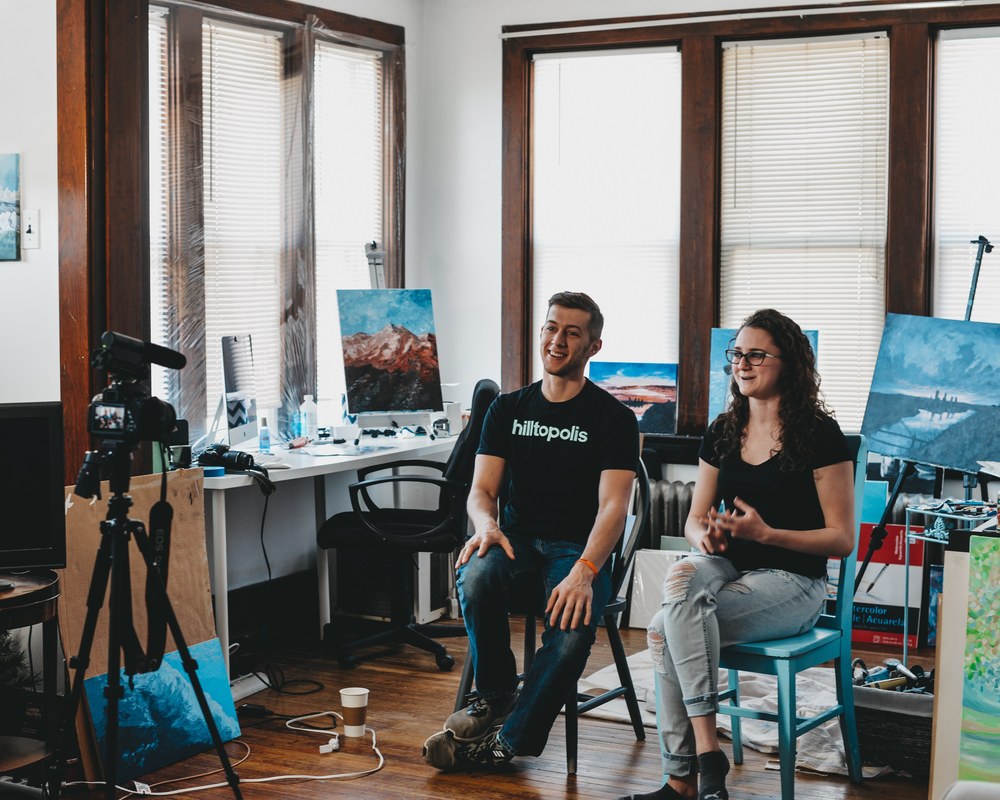

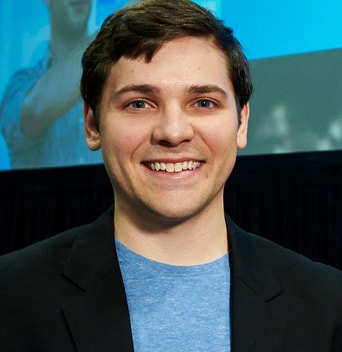
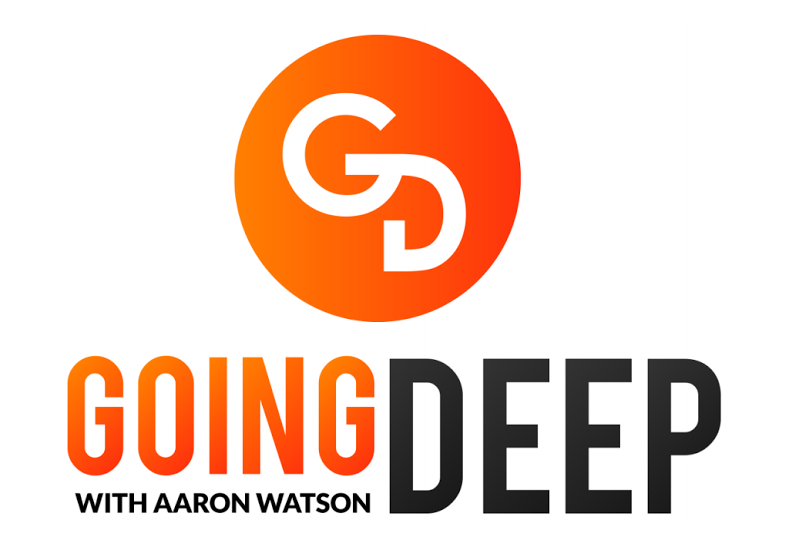
 RSS Feed
RSS Feed